Consider a beaker containing water at 25 degrees Celsius which indicates the kinetic energy of the water molecules. The beaker is also at the atmospheric pressure which indicates the force per area the weight of the air is exerting on the water surface. Let’s now zoom in at one water molecule. It has potential energy forcing it to stay connected to other water molecules in the beaker and random kinetic energy which is the temperature. Many molecules at certain instants will have more kinetic energy than potential energy and the result is the freedom of the water molecule into the gaseous phase. So above a beaker at the standard conditions is a small cloud of water molecules flying. However, why won’t they keep flying away? The downward pressure of the atmosphere won’t allow the escape. So, at the surface, there will be an equilibrium of the vapor’s kinetic energy trying to move around and break out with the atmospheric pressure forcing the water vapor above the beaker. This equilibrium is where most of the water molecules reside in liquid water.

Here lies the interesting part, when we start increasing the temperature of the water, more water molecules will escape the liquid phase to the vapor and more kinetic energy acquired by the vapor. At a certain temperature, the vapor’s upward pressure and the atmospheric downward’s pressure will be in equilibrium. This is the boiling point (100 degrees in this case) where the liquid to gas conversion starts taking place. Consequently, the more heat is supplied to the water, the more vapor pressure is strengthened and more gas molecules are formed.
Image source: https://www.learnthermo.com/













